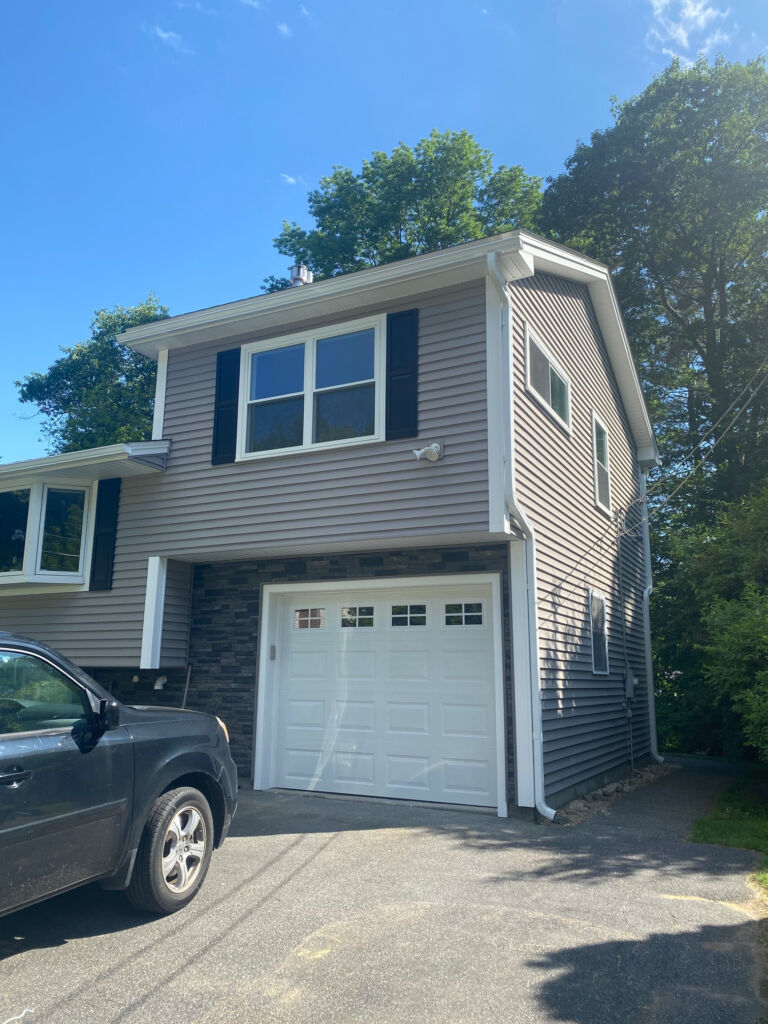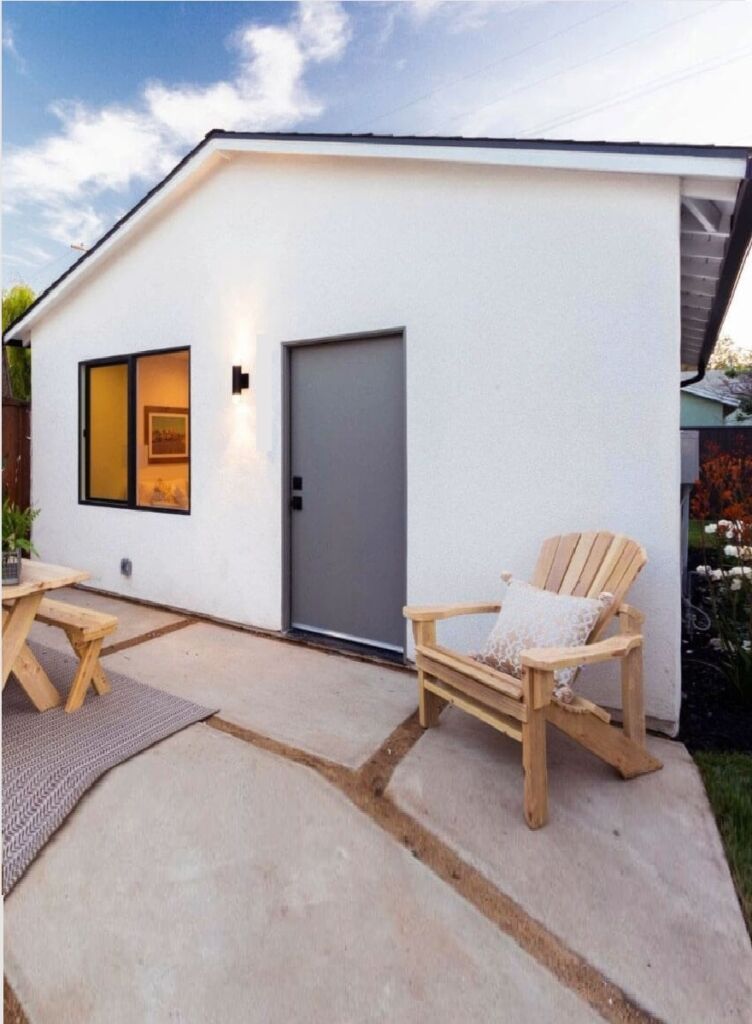An accessory dwelling unit (ADU) is a secondary housing unit on a single-family residential lot. In California, ADUs are regulated by state law and local ordinances. ADUs are frequently referred to as granny flats, in-law units, backyard cottages or secondary units. They are typically smaller than the main house, but they have their own entrance, kitchen, bathroom, and living space.

But before you explore your possibilities, here are a few important things to know about ADUs in California:
1Types of ADUs: There are predominantly two types of ADUs in California: attached ADUs and detached ADUs. Attached ADUs are connected to the primary residence, while detached ADUs are separate structures on the same property.
2Size regulations: The size of an ADU in California is limited by local zoning regulations. State law requires that ADUs be at least 150 square feet, but no more than 1,200 square feet for detached ADUs and 50% of the primary residence for attached ADUs. In addition, some local jurisdictions also have minimum lot size requirements for ADUs.
3Permitting requirements: To construct an ADU in California, you need to obtain a permit from your local building department. This process can vary from one jurisdiction to another, but typically involves submitting plans, paying fees, and undergoing inspections.
4Renting ADUs: ADUs can be rented out as long-term rentals, short-term rentals (such as Airbnb), or used as living space for family members. It’s important to remember that some local jurisdictions have restrictions on short-term rentals of ADUs.
5Benefits of ADUs: ADUs can provide affordable housing options, increase property values, and allow homeowners to generate rental income. Please refer to the article we published which covers many benefits related to building an ADU.
6Financing an ADU: There are several financing options available to homeowner who are looking to build an ADU, including home equity loans, construction loans, and government grants and loans.
There’s no question that ADUS are a great way of creating additional living space and generating income from one’s residential property. At the same time, it’s important to research local regulations and permitting requirements before embarking on an ADU project.

ADUs have become increasingly popular in recent years as a way to increase the supply of affordable housing in expensive urban areas. Many cities and states have passed laws that make it easier to build ADUs, and some have even provided financial incentives to encourage their construction. ADUs can also provide an opportunity for homeowners to earn rental income, which can help offset the cost of owning a home.




